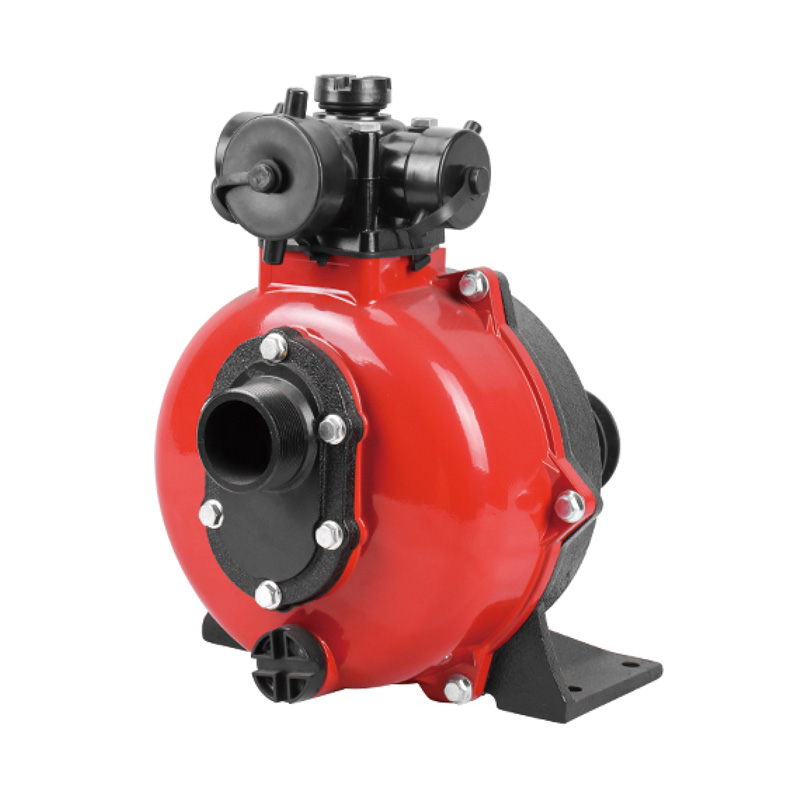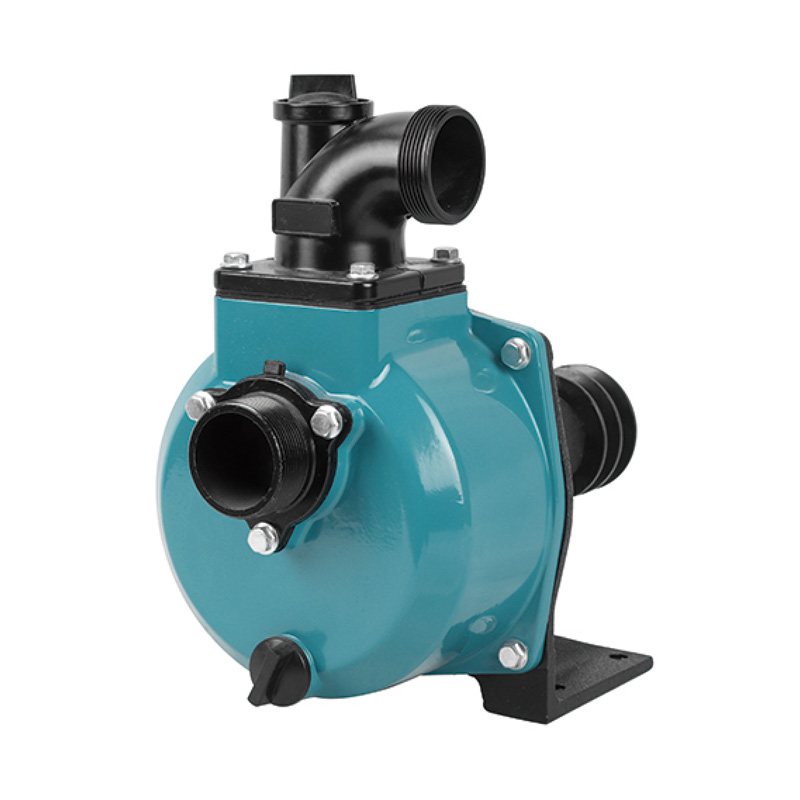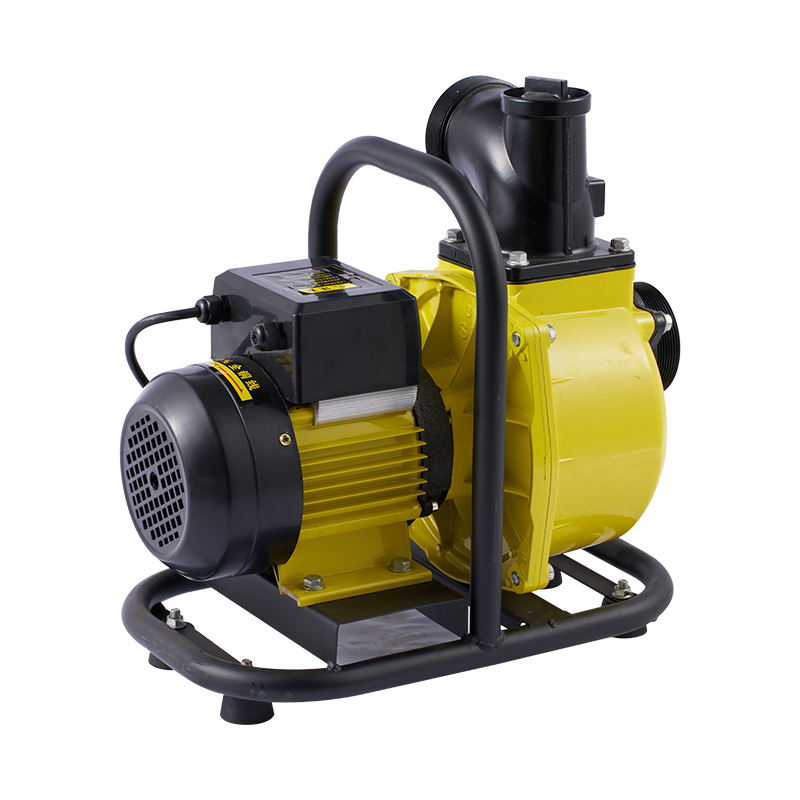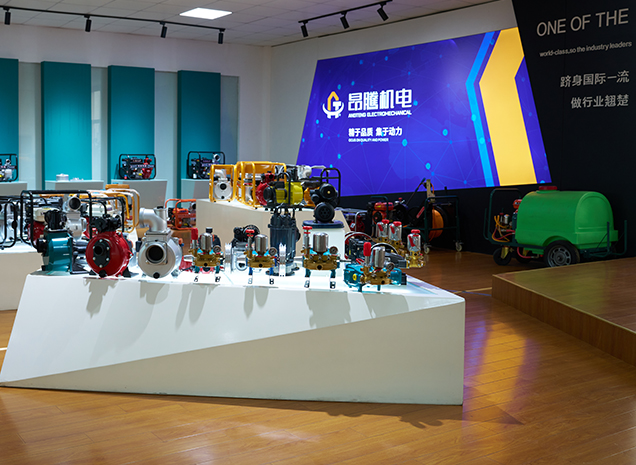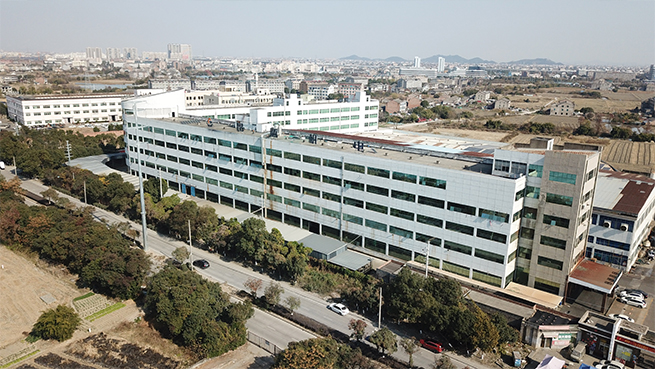Self-Priming Drag Pump: What can we learn about performance and specifications?
The self-priming drag pump is recognized for its robust impeller design, which offers distinct performance characteristics suited for handling liquids with suspended solids. Its specifications highlight a focus on durability and versatile fluid transfer. A key performance feature is its ability to manage a certain level of solid content within the fluid. The drag impeller, often with a recessed or vortex design, allows solids to pass through the pump with a reduced likelihood of clogging. This makes it a reliable choice for applications involving slightly contaminated water, such as stormwater runoff or wastewater from construction sites.
The self-priming capability itself is another significant aspect of its performance. These pumps are engineered to lift water from a depth, often specified by the manufacturer, without the need for a foot valve or manual priming. This is achieved through a design that retains a reservoir of fluid in the pump casing, which is used to prime the suction line on start-up. Regarding specifications, attention is often given to the intake and discharge diameters, which influence the flow rate. The total dynamic head is a crucial metric, indicating the height the pump can push water against system resistance. Materials of construction are also a key part of the specification sheet, with many models featuring hardened components to resist wear from abrasive particles, ensuring a long service life in demanding conditions.
Self-Priming Pump: Engine type and power.
The performance and application range of a self-priming pump are largely determined by the type of engine that drives it. The choice of engine affects the pump's mobility, operational cost, and suitability for different environments. The common engine type for portable and outdoor applications is the gasoline engine. These engines are appreciated for their high power-to-weight ratio and quick start-up, making them ideal for remote job sites and temporary dewatering tasks. They provide substantial horsepower in a compact form factor, allowing the pump unit to be moved with relative ease.
For applications requiring extended runtime or where fuel efficiency is a priority, diesel engines are often selected. Diesel-powered self-priming pumps are known for their robust torque and generally lower fuel consumption under continuous load, which can be advantageous in agricultural or industrial settings. Furthermore, in settings where quiet, fume-free operation is necessary, such as indoors or in residential areas, electric motor-driven pumps are the preferred option. These pumps require access to a power grid or a substantial generator but offer quiet performance, zero direct emissions, and lower operating noise. The power output, measured in horsepower or kilowatts, directly correlates to the pump's flow rate and total dynamic head capability, with higher power ratings enabling the movement of larger volumes of water over greater distances or elevations.
Self-Priming Stainless Steel Pump: What is the corrosion resistance of the structural material?
The use of stainless steel as a structural material in self-priming pumps significantly enhances their durability and longevity, particularly in challenging environments where corrosion is a concern. The corrosion resistance of these pumps is a direct result of the specific grade of stainless steel used and its inherent material properties. Stainless steel contains a of 10.5% chromium, which reacts with oxygen in the atmosphere to form a thin, invisible, and adherent passive layer of chromium-rich oxide on the surface. This layer acts as a barrier, isolating the underlying metal from the corrosive environment and allowing it to "self-heal" if scratched or damaged.
The level of protection offered depends on the specific alloy. For instance, pumps constructed from 304 stainless steel provide good resistance to a wide range of environments, including fresh water and many common chemicals, making them suitable for general-purpose applications in food processing or mildly corrosive liquids. For more aggressive conditions, such as exposure to saltwater, brackish water, or certain industrial chemicals, pumps made from 316 stainless steel are often recommended. This grade includes molybdenum, which substantially improves its resistance to pitting and crevice corrosion in chloride-containing environments. This makes 316 stainless steel pumps a fitting choice for marine applications, coastal areas, and chemical processing plants, ensuring the pump housing and internal components maintain their integrity over time.



 English
English русский
русский Français
Français Español
Español عربى
عربى